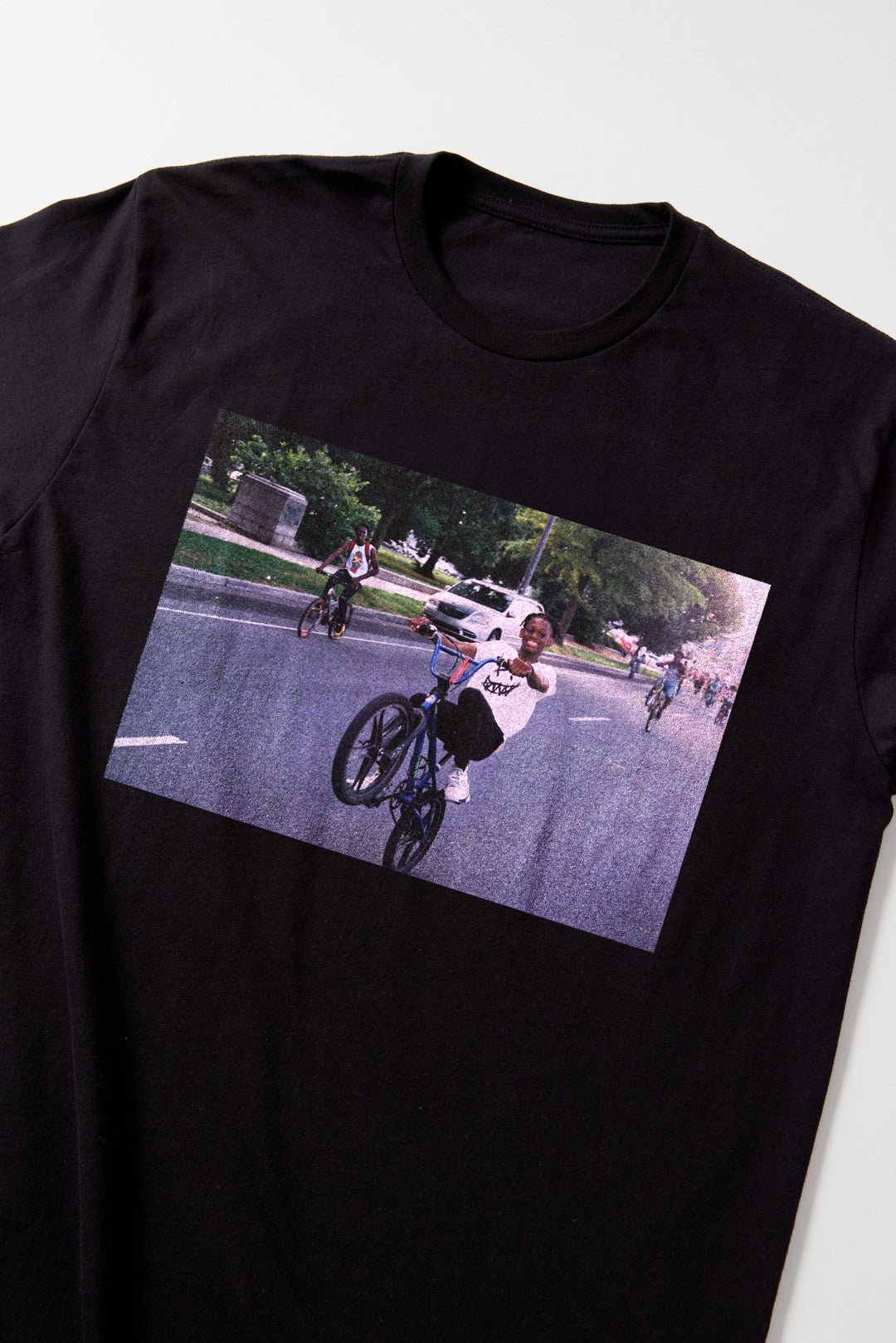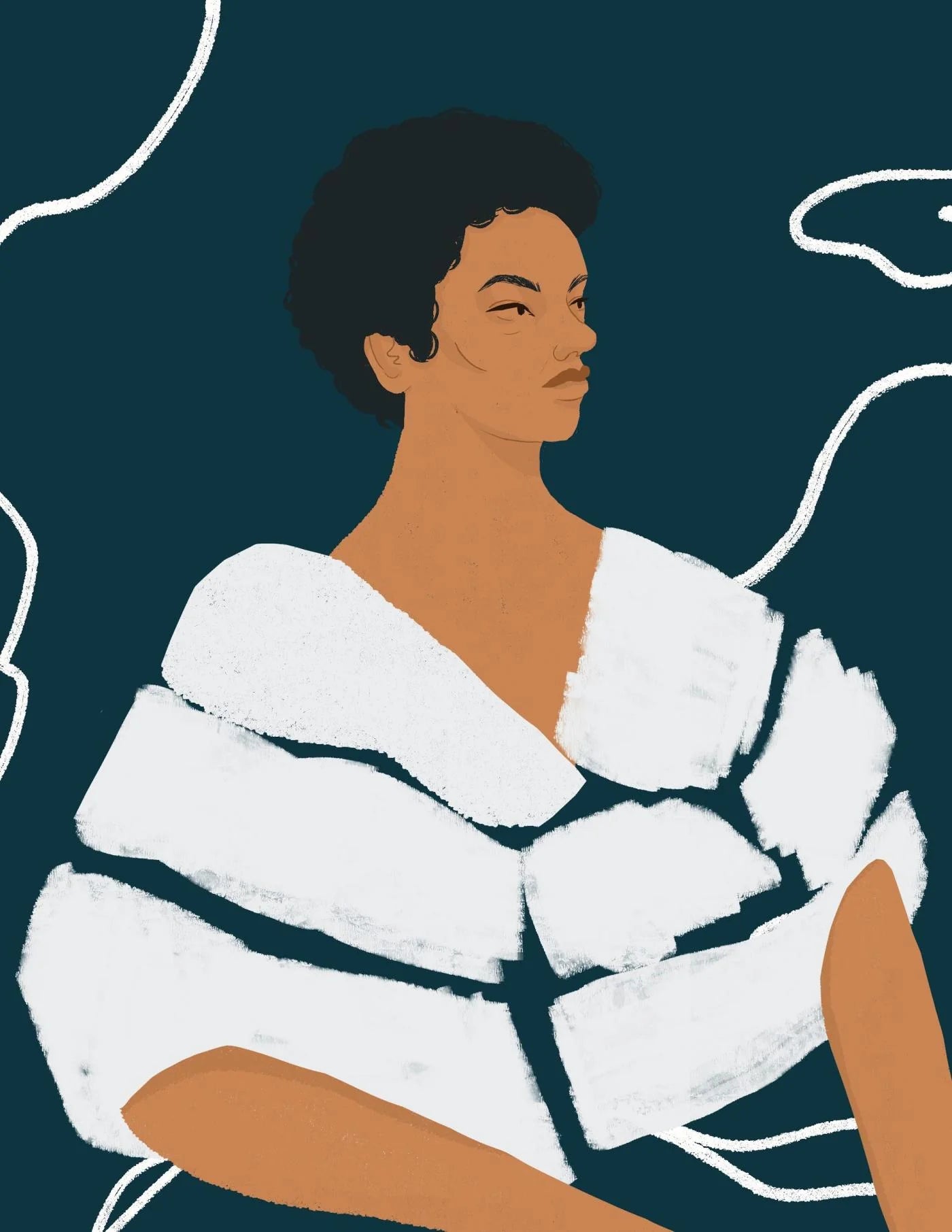WORDS: MYLES E. JOHNSON
In 1996, Hillary Clinton made the speech that includes her now infamous “super predators” line; a line that has echoed in the past year as a phrase specifically used to criminalize black youth.
What also happened in 1996 is JonBenet Ramsey was brutally killed in her own home at the age of six-years-old and this event fascinated the American public. The echoes of these two events are still culturally heard today. According to The National Center for Missing and Exploited Children, 800,000 children go missing a year. The question becomes, why was JonBenet Ramsey the case that most fascinated the public? The same source says that out of these 800,000 cases of missing children, 33% are black. The other question then becomes, why were black youth then described as predatory as opposed to endangered or missing when Hillary Clinton gave her infamous speech? Coded language like a "super predator" can be said to only apply to the most violent of the community, but it is racialized. The black millennial feels and sees this today. It is obvious when a black boy with a toy is killed at the playground; we know he was a super predator. It is obvious when a man is killed and is a bad guy by being spotted from hundreds of feet in the air. I am sure his spilled blood spelled out super predator on the road too. The answers are quite obvious. The fascination over a white, blonde girl that was missing and eventually found dead supports this idea of the super predator that the white imagination has expressed great fear with. This is addressed masterfully in Ava Duvernay’s documentary, “13th”. It explores both America’s criminalization and demonization of the Black body, but it also reminds one that there is nothing more American than fear. It is the thing that stays profitable and strong no matter how left or right a political or social era seems to be. The death of JonBenet Ramsey was the nightmare that we can imagine pilgrims were running from. Ramsey was young, she upheld all European standards of beauty, and she was from a rich home. Her death undermined the American dream and the idea of American justice, even to this day, as the case is still unsolved. I think back to what was my first critical, perhaps even dissenting thought. I push myself to think before the rebellious ages of 14 or 15 and strive to dig deeper. I find myself in front of the television seeing Ramsey’s face at the age of six. We were the same age. I did not know much about murder, but I knew it was bad and it had happened to her. I also knew if this bad thing that happened to her had happened to me instead, she would not be looking at me on her television screen. In that moment, I believe, I discovered how identity informs how you move throughout the world. Before that moment, my ideas about difference resembled the animated picture of children all around the globe of different colors and cultures holding hands while smiling; on that day while in front of the television, I discovered the dangers of difference. I could not name why. It was instinctual. It might have been her whiteness, her specific type of attractiveness, her sobbing rich parents. Whatever it was, I know I’d never be mourned like her. My belief is no matter how much the black millennial does or does not know about the JonBenet Ramsey case, she was the first shadow cast upon our generation. Her body and proximity to everything whiteness holds dear garnered this type of fame and power, even in death that the 33% will never know. Endangered children were systematically hidden and ignored for this one case. This undoubtedly informs our post-Warhol, famous for being famous generation. Our love for Paris Hilton and eventually Kim Kardashian and other white women that uphold a specific European standard of beauty and privilege is the expression of the mourning of JonBenet Ramsey. This year, she would be 26 and perhaps on the cover of your favorite magazine for no other reason, but to sell you a white supremacist aesthetic and dream that, consciously or unconsciously, you could know you could never truly attain because it was not designed for your hands. You were designed to be the nightmare, the super predator that makes the White American dream possible. With the violent robbery of Kim Kardashian, we are reminded that we are always one spectacle away from re-enforcing the idea of the vulnerability of the white American dream and power. An isolated tragedy like Kardashian or Ramsey can function as the selling of America’s favorite product which is fear. It can also function as an erasure of black life and issues, and reinvigorate the fear of ‘the other’ in the white imagination, even if the people who actually committed these crimes look more like the holders of the American dream than who is commonly referred to as the super predator. In Solange’s song “Weary” she sings, “I’m gonna look for my body. I’ll be back real soon.” The lyric reminds me that the only time black bodies are searched for are when they are criminalized as either runaway slaves or a super predator that needs to be imprisoned. The most vulnerable of us that do not fit either one of those descriptions are left to look for our own bodies.

